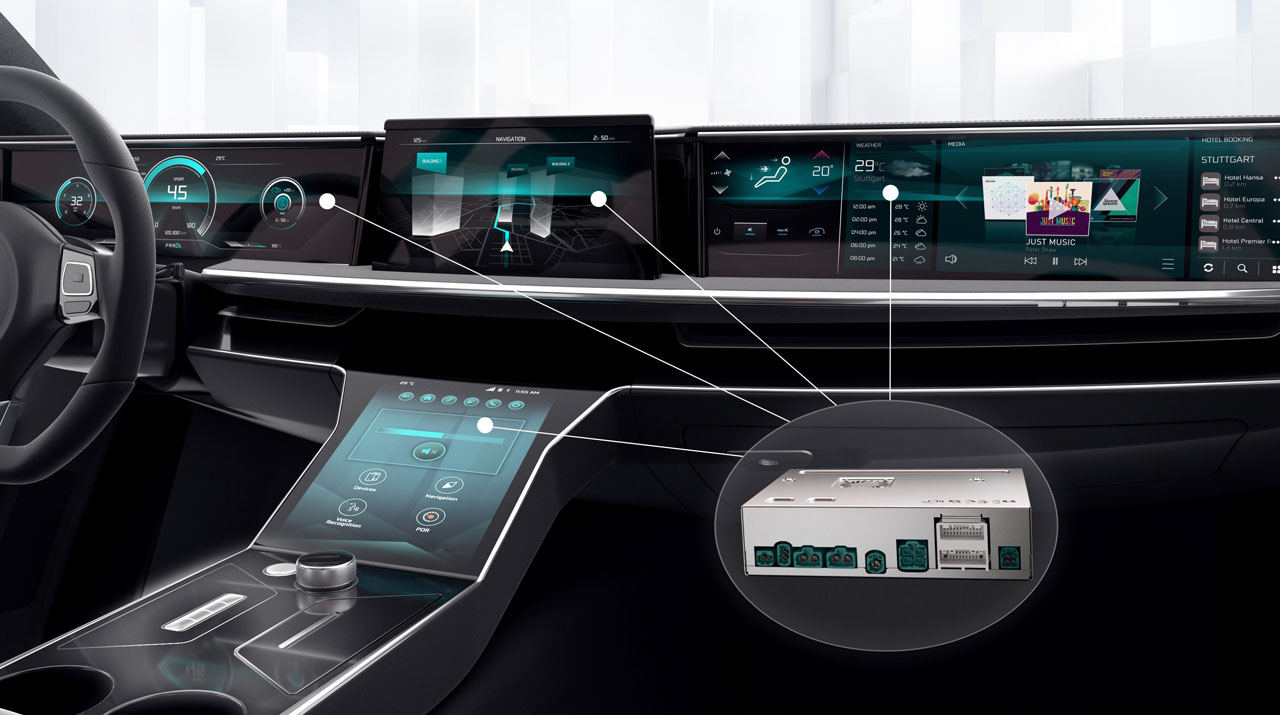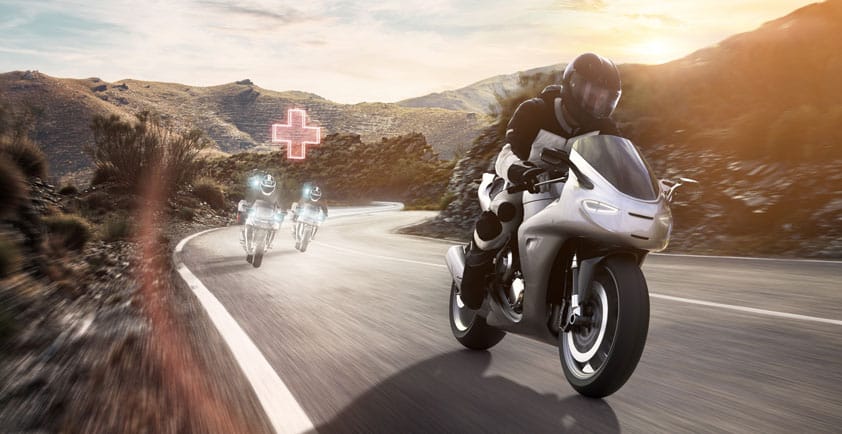

BOSCH POOLS ITS SOFTWARE AND ELECTRONICS EXPERTISE IN ONE DIVISION WITH 17,000 ASSOCIATES
Future fields of mobility
>> A single source for software-intensive systems for future vehicle architectures
>> New Cross-Domain Computing Solutions division with 17,000 associates
>> Market for software-intensive electronic systems to grow by some 15 percent annually
>> Annual expenditure of 3 billion euros on automotive software expertise
Stuttgart, Germany – Today’s cars are changing, above all as a result of software and electronics. The market for software-intensive electronic systems is expected to grow by some 15 percent annually between now and 2030. Since Bosch wants to extend its leading position in this market, it is establishing a new division, Cross-Domain Computing Solutions. From the start of 2021, existing and new customers will receive electronics systems and the requisite software from a single source: a division with roughly 17,000 associates. “Even now, a vehicle contains some 100 million lines of software code. Only a company with wide-ranging electronics and software expertise will be in a position to shape the future of mobility,” says Dr. Stefan Hartung, member of the board of management of Robert Bosch GmbH and chairman of its Mobility Solutions business sector.
The move toward ever more sophisticated electronics and ever more software is quickly picking up pace. The result is a considerable increase in the complexity of automotive engineering. For the new division, the goal will be to reduce this complexity through cross-domain software and electronics solutions. In addition, it will aim to get new vehicle functions on the road significantly faster. To achieve this, Bosch has assigned software, electrical, and electronics engineers from the areas of driver assistance, automated driving, car multimedia, powertrain, and body electronics to the new unit. “Bosch is an automotive electronics pioneer. Moreover, for quite some time now, it has also been a software company. And in the future as well, our new division is predestined to make further progress in the digitalization of vehicles,” Hartung says.
Software will play a key role in the cars of the future
Where a car included roughly 10 million lines of software code ten years ago, the software of automated vehicles will include between 300 and 500 million lines of code. To put this in context, just one million lines of software code are the equivalent of nearly 18,000 printed pages. “Software will play a crucial part in determining a vehicle’s features and feel in the future. It will help make cars ever more intelligent, and provide drivers with a tangible benefit,” says Harald Kroeger, member of the Bosch board of management in Bosch’s Mobility Solutions business sector. The supplier of technology and services was quick to recognize the significance of vehicle software, and has been developing it in-house for nearly four decades, with a current annual spend of 3 billion euros. Traditional software engineering in individual, discrete units is increasingly coming up against its limits. This is why Bosch is pooling its automotive software engineering resources in the new Cross-Domain Computing Solutions division. “Supplying software from a single source is our response to the enormous challenge of making cars ever more digitalized,” Kroeger says. He will be responsible for the new division, which in the future will develop both the software on which the vehicle computers and control units are based and the software for vehicle functions ranging from park-assist and lane-keeping support systems to music streaming. The result will be the much faster release of new functions, brought to users by software updates. This will allow automakers to offer their customers a coherent, integrated driving experience.


Actively shaping the transformation in automotive electronics
In addition to cross-domain software development, Bosch is devoting a lot of effort to future-proofing vehicles’ E/E (electrical/electronic) architecture. This is why the company is also making the new division responsible for the development of vehicle computers, control units, and sensors. Their smooth interaction will be crucial in the future. “The core task of Cross-Domain Computing Solutions will be to make the complexity of electronic systems controllable. In addition, the systems will have to be as reliable as possible,” Kroeger says. In this respect, Bosch is focusing in particular on powerful vehicle computers as the technical basis for the digitalization of modern vehicles. With more and more functions featuring in every part of the vehicle, these computers combine the tasks of individual control units. “Today’s premium vehicles feature more than 100 individual control units, and even compact vehicles have between 30 and 50. Such powerful computers will allow us to significantly reduce these numbers,” Kroeger says. And with vehicle computers – for cockpit and connectivity functions, for driver assistance systems, for automated driving, and for the powertrain – now being developed in a cross-domain unit for the first time, the result will be a consistent IT architecture throughout the vehicle. All the electrical and electronic components will thus be perfectly compatible. In addition, Bosch will be able to achieve valuable synergy effects.
Closer to the market and customers
With Cross-Domain Computing Solutions, Bosch will be able to offer its customers vehicle electronics and software from a single source. “The dynamic shift toward ever more digitalization in the vehicle will crucially determine the shape of the new division. Our new set-up will allow us to satisfy new requirements – both of the market and our customers – even better,” Kroeger says. From the start of 2021, therefore, the entire Car Multimedia division and parts of the Powertrain Solutions, Chassis Systems Control, and Automotive Electronics divisions that develop software-intensive, cross-domain electronic systems will be brought together in the new Cross-Domain Computing Solutions division. This means that the new division will employ some 17,000 associates at more than 40 locations in over 20 countries. The employee representatives responsible will be involved in working out the details of the future organization.
Pooling manufacturing expertise
Bosch already pooled all the electronics manufacturing activities of its Mobility Solutions business sector in April this year. The Automotive Electronics division now coordinates the production of control units and vehicle computers across all vehicle domains. In this way, the company is also achieving synergy effects in its manufacturing operations. The new manufacturing network will employ some 24,000 associates across 21 plants in 14 countries.













